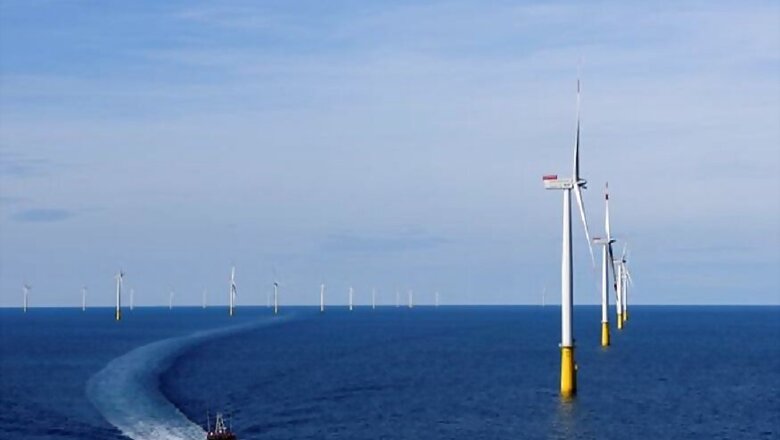
views
A top scientist at National Physics Laboratory (NPL) here has said that industry should come forward to commercialise the concept of the hydroelectric cell as it has the potential to be a very cheap source of electricity.
The inventor of the cell that produces electricity from water, R.K. Kotnala, the Chief Scientist at NPL, urged industry leaders to come forward and help improve the workability of the cell, which, he said, can be a great source of green energy.
"It is a portable source of electricity as it can be used as a dry cell (like the common battery used in torches, remotes). And once it goes into production, will be cheaper than solar energy," Kotnala told IANS in an interview.
"In case of wind energy, electricity can be produced using local sources only, plus a single windmill won't do, you have to build a series, which is very expensive. None of these factors can be a hindrance with the hydroelectricity cell," he added. Also read: Leonardo DiCaprio Becomes Brand Ambassador For BYD New Energy Strategy
He said that there is no potential harm from the battery upon disposal as no chemicals are used in its making.
A team led by Kotnala proved the workability of producing electricity from water at room temperature without the use of any chemicals after working on it for 13 years.
"We spent the first 11 years in working out the principle of the technology, and two years on building the device," Kotnala said.
The results were published in the International Journal of Energy Research (IJER) in June this year under the title "Green Hydroelectrical Energy Source Based on Water Dissociation by nano-porous Ferrite".
The team used nano-porous magnesium ferrite to split water into hydronium (H3O) and hydroxide (OH) ions spontaneously, and silver and zinc as electrodes to make a cell that produces electricity.
Using magnesium ferrite which was two inches in diameter, they were able to produce a current of 86-110 milliampere and voltage of 0.9 volts, which is enough to charge a small plastic fan or an LED bulb of one watt.
"For the last 70 years, research was going on around the world on how to dissociate water molecules to create energy, but we were the first ones to do it," Kotnala said, adding that all the components and raw materials were from India. Also read: Microsoft Goes Green: Uses Wind Energy to Power Its Data Centre
The path-breaking work done by Kotnala straddles three different disciplines of science - chemistry, physics and material science - and can be claimed to be the biggest breakthrough in the world of batteries since 1980, when the working principle for the lithium-ion battery was demonstrated by scientist John Bannister Goodenough.
The lithium-ion battery was commercialised by Sony in 1991 and since then has become the indispensable innard of every consumer electronic device, laptop, smartphone, DSLR, etc.
Kotnala, whose research experience spans 32 years, most of it on solar cells, is proud of the fact that the whole enterprise was an Indian affair from the beginning. He also said that it has a strong chance of revolutionalising the green energy field at a time nations around the globe are trying to find means to curtail their carbon footprints.
He also admitted the limitations of the prototype cell and added that the most important thing was that it worked in principle, and the concept now can be made refined by degrees.
"Since we can muster just so many resources at the lab, the model is not devoid of limitations. But that can be addressed once we have the right backing," he added. Also read: Indian Physicist Thanu Padmanabhan's Dark Energy Bet: All You Need to Know



















Comments
0 comment